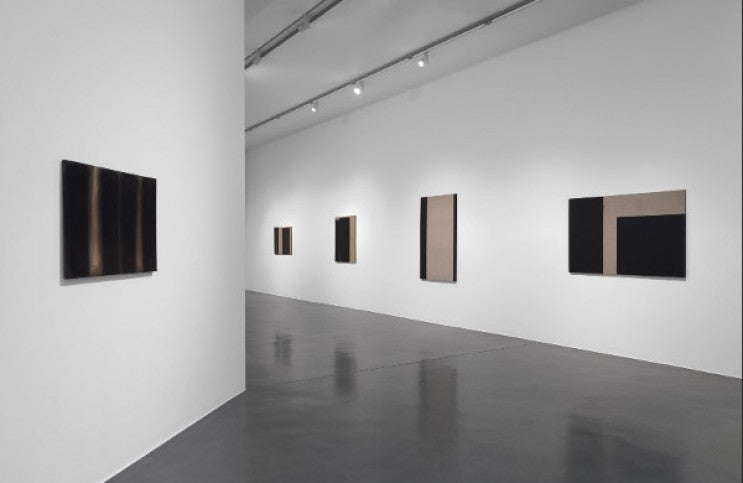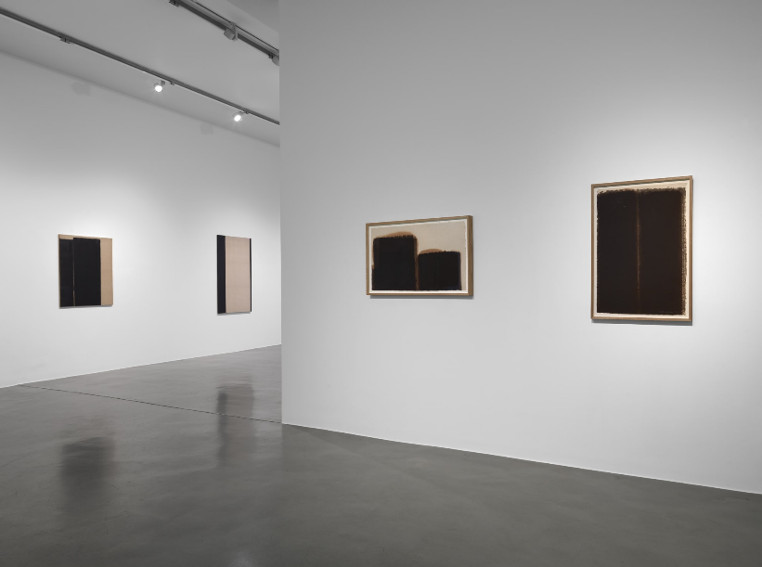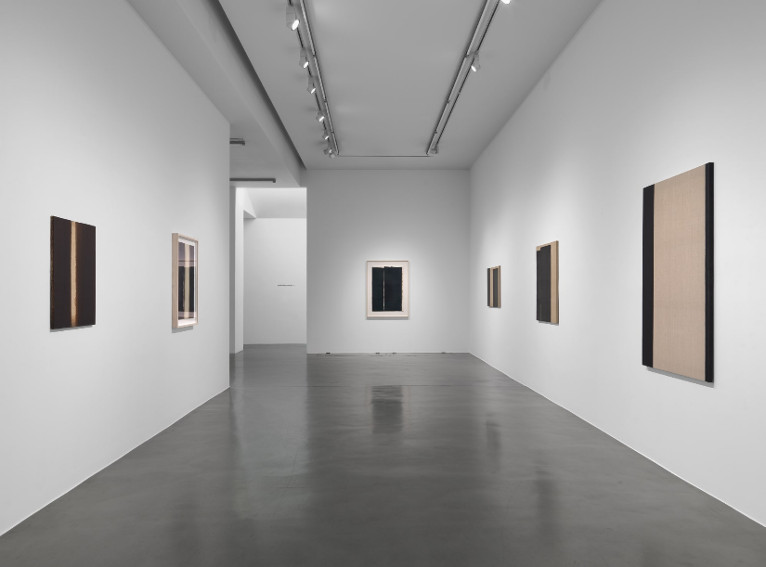
Saluting Yun Hyong-keun, Star of the Dansaekhwa Movement
Eleven years after his death, Korean abstract artist Yun Hyong-keun is finally receiving the celebration he deserves, with simultaneous exhibitions at the National Museum of Modern and Contemporary Art (MMCA) in Seoul and the Simon Lee Gallery in London. The retrospective in Seoul is the first solo exhibition of his work ever to appear in a Korean national museum. It marks an important turning point, one which it is unfortunate Yun did not live to witness. The life story of this artist was filled with almost unimaginable difficulties—difficulties which trace hand in hand the troubled evolution of his native county as it struggled to be socially and politically free. Yet his journey towards becoming a professional artist was in many ways inspired by the painful circumstances Yun endured. At first, he simply perceived of art as a way to escape from his troubles. Later, he realized he could make a living teaching art to children. Finally, art saved him from despair by offering him a way to express the dramatic vicissitudes of his existence in a simple, elegant, and profound way. The style that Yun ultimately developed utilized only two hues, applied to raw surfaces in pared down compositions. His work earned him an association with the Dansaekhwa Movement, a Korean aesthetic position that is inspired by the principles of nature and tends towards a nearly monochromatic palette. In fact, today Yun is internationally regarded as one of the most important Dansaekhwa artists. But it has taken much longer for his own country to acknowledge his accomplishments. Perhaps that is because to do so also requires an acknowledgement of the injustice Yun suffered solely for expressing himself honestly.
Brushes With Death
Yun was born in 1928 in Cheongju, modern day South Korea, during the Japanese occupation. After surviving the hardships, censorship, and shortages of the occupation, he found that he had become radicalized, one of many in the younger generation who hoped for immediate Korean independence after the Allied Forces liberated the country in World War II. When the push for independence failed, Yun, like many people, resented the subsequent U.S. occupation of his country. In 1947, just after enrolling at Seoul National University, Yun joined a demonstration against U.S. interference. He was arrested along with many other students, and expelled from the university. Though he was released from jail quickly, the arrest marked him as a dissenter in the eyes of the U.S. backed government of South Korea. Thus at the start of the Korean War, Yun was arrested again and scheduled for execution.

Yun Hyong-keun - installation view at Simone Lee Gallery, 2018, installation view. Photo courtesy Simone Lee Gallery
After miraculously escaping from the firing squad, Yun found himself in occupied Seoul where he was captured by the communist-backed North Korean army and forced into secret military service. After escaping that misery, he was later imprisoned once again by the South Korean government as a suspected North Korean sympathizer. All of these events taught Yun hard truths about the corrupt nature of human society. He turned inward, and by the early 1970s had become a proficient painter and found work as an art teacher. But his propensity to stand up for what is right soon caught up with him once again. Yun spoke out when a corrupt government official pulled strings to get a family member unfairly enrolled in the school, and was arrested and imprisoned again. It was after this fourth and final arrest that Yun decided to only pursue painting for the rest of his life. His pain and hardship led him down the path towards an aesthetic vision that became the most somber and poetic of his generation.

Yun Hyong-keun - installation view at Simone Lee Gallery, 2018, installation view. Photo courtesy Simone Lee Gallery
Heaven and Earth
The method Yun developed to express his personal vision hinged on the simplest and most straightforward tools and materials. He used wide, rustic brushes, blue and umber oil paint diluted with turpentine, and either unprimed linen canvases or Hanji, an ancient type of mulberry tree paper common in Korea. With wide, steady brush marks he created stoic, rectangular forms. He applied layer after layer until the surface looked almost black. The first layer always seeped into the unprimed surface, creating a ghostly edge. The second layer always stayed inside that boundary, creating a sort of x-ray effect, like each form is surrounded by its own shadow. The two colors he used were symbolic of what he considered to be the only pure aspects of existence: Blue represented heaven, and umber—a dark brown hue—represented earth.

Yun Hyong-keun - installation view at Simone Lee Gallery, 2018, installation view. Photo courtesy Simone Lee Gallery
Some of his compositions seem to evoke connections to representational things, like burned urban cityscapes, or shining passageways between dark cliffs. When more than 600 people were murdered during the democratic uprising in 1980 that turned into the Gwangju massacre, Yun painted a series of works that seems to show thin monoliths tumbling over each other. Some think this is a reference to people being killed in the streets. Others interpret it as a symbolic reference to the fall of the authoritarian powers. Yun himself was too open to ever assign such literal readings to his work. The nuanced imagery references nothing really except the most essential aspects of his personal belief system. It embodies the complementary principles of nature—harmony and dissonance, shadow and light, life and death. The older Yun got, the more he blended his blue and umber hues, bringing them closer and closer to a single hue. These latest paintings seem almost black. Some people think this was a reflection of sadness. Yet to many others, it is obvious that in this gesture Yun created a beautiful and timeless expression of oneness—an honest expression of his true self, for which he is finally being revered.
The retrospective Yun Hyong-keun is on view at the National Museum of Modern and Contemporary Art (MMCA) in Seoul through 16 December 2018. The exhibition Yun Hyong-keun is on view at Simon Lee Gallery in London through 24 November 2018.
Yun Hyong-keun - installation view at Simone Lee Gallery, 2018, installation view. Photo courtesy Simone Lee Gallery
All photo courtesy Simone Lee Gallery
By Phillip Barcio






